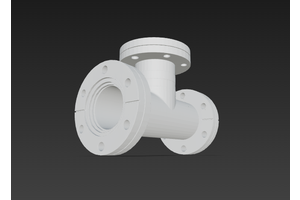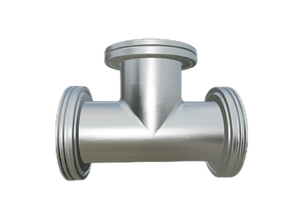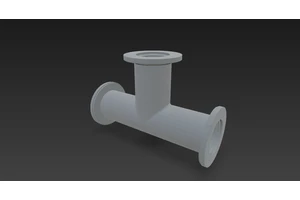-
What is the basic principle of vacuum extraction
The principle of vacuum extraction primarily hinges on the theories of gas kinetics and thermodynamics within physics. The essence lies in reducing the number of gas molecules within a closed system through various methods, thereby lowering the system's pressure below standard atmospheric pressure (approximately 101.325 kPa), resulting in a "vacuum" state.Key approaches to achieve this include:Mechanical Action: The most common method involves using a vacuum pump. Vacuum pumps remove gases from a space through different mechanisms. For instance, rotary vane pumps capture gases mechanically and compress them before releasing them into the atmosphere outside the pump; turbomolecular pumps rely on high-speed rotating rotors colliding with gas molecules, directing them towards the exhaust.Diffusion and Adsorption: In high or ultra-high vacuum systems, getter materials may be employed to further reduce residual gas pressure. These materials effectively adsorb gas molecules, further decreasi
View
vacuum extraction




